Filter by
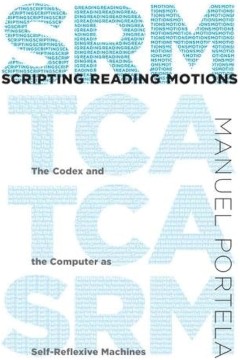
Scripting Reading Motions: The Codex and the Computer as Self-Reflexive Machines
An exploration of what experimental literature in both print and programmable media tells us about the act of reading.In Scripting Reading Motions, Manuel Portela explores the expressive use of book forms and programmable media in experimental works of both print and electronic literature and finds a self-conscious play with the dynamics of reading and writing. Portela examines a series of prin…
- Edition
- -
- ISBN/ISSN
- 9781461943303
- Collation
- 1 online resource (ix, 410 pages) :illustrations
- Series Title
- -
- Call Number
- -
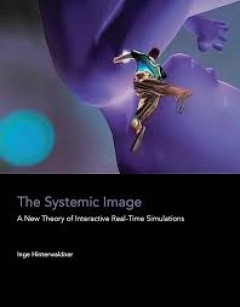
The Systemic Image: A New Theory of Interactive Real-Time Simulations
In media art history as well as in science studies an intensified reception of cybernetic and system-theoretical concepts can be seen in the last few years. In this work, a conceptualization of the relationship between the systemic and the iconic in interactive real-time simulations is proposed.OCLC-licensed vendor bibliographic record.
- Edition
- -
- ISBN/ISSN
- 9780262335546
- Collation
- 1 online resource (viii, 384 pages)
- Series Title
- -
- Call Number
- -
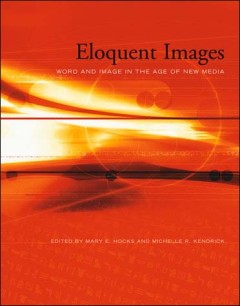
Eloquent Images: Word and Image in the Age of New Media
The emergence of New Media has stimulated debate about the power of the visual to dethrone the cultural prominence of textuality and print. Some scholars celebrate the proliferation of digital images, arguing that it suggests a return to a pictorial age when knowledge was communicated through images as well as through words. Others argue that the inherent conflict between texts and images creat…
- Edition
- -
- ISBN/ISSN
- 9780262275507
- Collation
- 1 online resource (vi, 318 pages) :illustrations
- Series Title
- -
- Call Number
- -
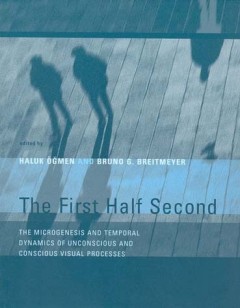
The First Half Second: The Microgenesis and Temporal Dynamics of Unconscious …
Recent advances in the study of visual cognition and consciousness have dealt primarily with steady-state properties of visual processing, with little attention to its dynamic aspects. The First Half Second brings together for the first time the latest research on the dynamics of conscious and unconscious processing of visual information, examining the time-course of visual processes from the m…
- Edition
- -
- ISBN/ISSN
- 9780262316293
- Collation
- 1 online resource (vii, 410 pages) :illustrations
- Series Title
- -
- Call Number
- -
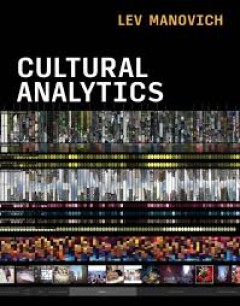
Cultural Analytics
A book at the intersection of data science and media studies, presenting concepts and methods for computational analysis of cultural data.How can we see a billion images? What analytical methods can we bring to bear on the astonishing scale of digital culture--the terabytes of photographs shared on social media every day, the hundreds of millions of songs created by twenty million musicians on …
- Edition
- -
- ISBN/ISSN
- 9780262037105
- Collation
- 1 online resource (248 pages) :illustrations, figures, tables
- Series Title
- -
- Call Number
- -
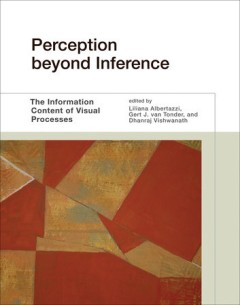
Perception beyond Inference: The Information Content of Visual Processes
Proposing a new paradigm for perceptual science that goes beyond standard information theory and digital computation. This book breaks with the conventional model of perception that views vision as a mere inference to an objective reality on the basis of "inverse optics." The authors offer the alternative view that perception is an expressive and awareness-generating process. Perception creates…
- Edition
- -
- ISBN/ISSN
- 9780262295550
- Collation
- 1 online resource (ix, 445 pages) :illustrations
- Series Title
- -
- Call Number
- -
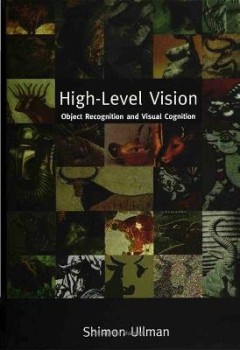
High-level vision : object recognition and visual cognition
"A Bradford book."In this book, Shimon Ullman focuses on the processes of high-level vision that deal with the interpretation and use of what is seen in the image. In particular, he examines two major problems. The first, object recognition and classification, involves recognizing objects despite large variations in appearance caused by changes in viewing position, illumination, occlusion, and …
- Edition
- -
- ISBN/ISSN
- 9780262285353
- Collation
- 1 online resource (xviii, 412 pages) : illustrations
- Series Title
- -
- Call Number
- 006 ULL h
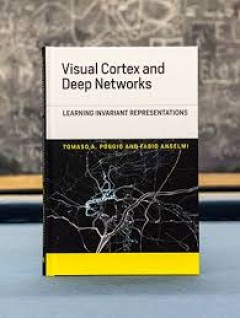
Visual Cortex and Deep Networks: Learning Invariant Representations
A mathematical framework that describes learning of invariant representations in the ventral stream, offering both theoretical development and applications.The ventral visual stream is believed to underlie object recognition in primates. Over the past fifty years, researchers have developed a series of quantitative models that are increasingly faithful to the biological architecture. Recently, …
- Edition
- -
- ISBN/ISSN
- 9780262336710
- Collation
- 1 online resource (xiv, 118 pages) :illustrations.
- Series Title
- -
- Call Number
- -
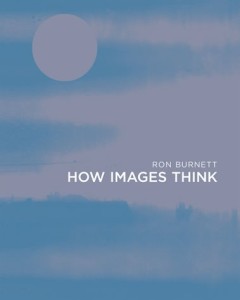
How images think
The transformation of images in the age of new media and the digital revolution.Digital images are an integral part of all media, including television, film, photography, animation, video games, data visualization, and the Internet. In the digital world, spectators become navigators wending their way through a variety of interactive experiences, and images become spaces of visualization with mo…
- Edition
- -
- ISBN/ISSN
- 9780262269568
- Collation
- 1 online resource (xxi, 253 pages) : illustrations
- Series Title
- -
- Call Number
- 006 BUR h
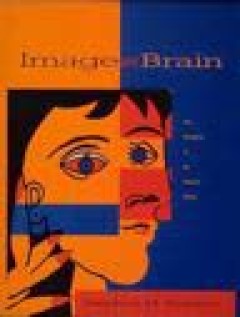
Image and brain : the resolution of the imagery debate
"A Bradford book."Kosslyn (psychology, Harvard U.) presents a 20-year research program on the nature of high-level vision and mental imagery -- offering his research as a definitive resolution of the long-standing "imagery debate," which centers on the nature of the internal representation of visual mental imagery. He combines insights and empirical results from computer vision, neurobiology, a…
- Edition
- -
- ISBN/ISSN
- 9780262277488
- Collation
- 1 online resource (viii, 516 pages) : illustrations
- Series Title
- -
- Call Number
- -
 Computer Science, Information & General Works
Computer Science, Information & General Works  Philosophy & Psychology
Philosophy & Psychology  Religion
Religion  Social Sciences
Social Sciences  Language
Language  Pure Science
Pure Science  Applied Sciences
Applied Sciences  Art & Recreation
Art & Recreation  Literature
Literature  History & Geography
History & Geography